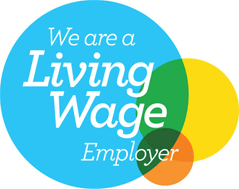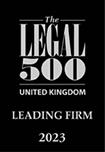Bullying & Harassment At Work, Employee Advice
What is harassment in the workplace?
Harassment at work is defined as “unwanted conduct related to a relevant protected characteristic, which has the purpose or effect of violating an individual’s dignity or creating an intimidating, hostile, degrading, humiliating or offensive environment for that individual.”
The harassment complained about when related to “protected characteristics” which are age, disability, gender reassignment, race, religion or belief, sex or sexual orientation is a form of discrimination under the Equality Act. The protected characteristics of pregnancy and maternity, and marriage and civil partnership are not included under these harassment provisions.
There are two other specific forms of harassment under the Act. Firstly, when the unwanted conduct is of a sexual nature and has the purpose or effect of “violating an individual’s dignity or creating an intimidating, hostile, degrading, humiliating or offensive environment for that individual”
Secondly, when the unwanted conduct is of a sexual nature or related to gender reassignment or sex, and has the same purpose or effect, and that person is treated less favourably for having rejected or submitted to that conduct.
This means it is harassment even if the person harassing did not mean to offend or intimidate, as long as the harassment has one of the above effects. Where someone claims that the conduct had this effect, although this was not deliberate, a Tribunal must consider whether it was reasonable for the conduct to have that effect. This avoids liability arising where someone is “hypersensitive.”
Unwanted behaviour could be:
- Spoken or written words or abuse
- Offensive emails, tweets or comments on social networking sites
- Images and graffiti
- Physical gestures
- Facial expressions
- Jokes
It is not necessary for you to have previously objected to something for it to be unwanted.
Harassment at work related to a third person & “perceived harassment”
Harassment at work related to a third person’s protected characteristic, or based on the perception that you have a protected characteristic is covered.
For example:
- Conduct that is by reason of a protected characteristic, for example, shunning a co-worker because he is gay; because he is perceived to be gay; or because somebody else is gay
- Conduct that is otherwise related to a protected characteristic, because of the form it takes. For example, engaging in racist or homophobic banter that might offend colleagues, regardless of their race or sexual orientation
Harassment can make life unbearable for employees and undermines the effectiveness of organisations. If it is occurring in your workplace, Martin Searle Solicitors can help you challenge this behaviour. We offer advice on redundancy and Settlement Agreements relating to bullying & harassment at work.
For specialist Employment Law advice contact us today on 01273 609911, or email info@ms-solicitors.co.uk.


